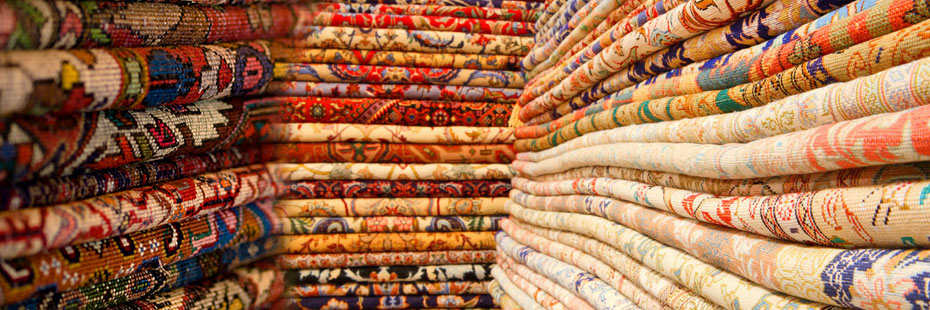Sometimes, the small details add a lot more to the big picture than what you anticipate, and this is true when you use area rugs with the interior design of your home. Area oriental rugs add a touch of personality and color to any room, but they also contribute to your home’s overall style. Regardless if you need to spruce up your living room or add home decorations to your new place, area oriental rugs can set the mood for any space.
For many centuries rugs and carpets have been receiving a lot of appreciation for their craftsmanship and top-quality. Before you invest in a top-quality rug, it is important to educate yourself ahead of time to make the best decision. Remember to ask these questions:
What is the Rug’s Country of Origin?
This is crucial because some rug dealers refer to hand-knotted rugs as “Persian” because the design is from Iran, but that is false. A Persian rug is called such because it was woven in modern-day Persia or Iran. It is mainly based on the country of origin. Regardless of the design, or the manner it was made, it only becomes Persian if it was woven in Iran, and it is important that you find out where the rug was woven. There is nothing wrong with Indian rugs, Turkish rugs, Moroccan rugs, Pakistani rugs, and Chinese rugs; but nothing will hold a candle to Persian rugs. You should also know where it was woven, this is excellent and each rug-weaving district and village have certain characteristics; which is great stuff. This is also helpful if you do not want to pay a Persian Serpai price to buy a handmade rug.
Can Show me a Hand-Knotted and Machine-Knotted Rug?
Asking this question allows you to really determine the difference between a handmade and machine-made rug. You should see the knots on the backside of a handmade rug. You will also notice how bright and clear the rug design appears on the back. It is going to look almost as clear and bright as the top side of the rug.
What do I Need to Look for?
Persian rugs normally feature traditional designs that are characteristic for centuries. The extraordinary quality material and skilled handiwork are needed to make these pieces tasteful. Since Iran is popular for producing some of the best oriental rugs. While you shop for Persian rugs, there are a couple of things you should consider:
Material – Most Persian rugs are made of wool material. Persian rug manufacturers normally mix New Zealand wool and local wool which is usually from Afghanistan. Wool from New Zealand is more expensive.
The modern style rugs can include silk fibers. Rugs that are made from silk and wool are soft and have a rich luster. These rugs are known to be luxurious and elegant and difficult to maintain and clean. Silk – wool rugs normally have a higher price compared to wool rugs.
Rug pile – Authentic and handmade Persian or Oriental rugs are normally always created with a wool pile, while machine-made ones use a polyester or nylon pile. Aside from that, a machine-made rug is going to have a pile that has a uniformed weave. The handmade ones have an uneven weave, which is considered part of their appeal.
What is the Antique Rug’s Age?
“Rug slingers” exist and they sell 10 to 20-year-old rugs and they acid wash them on purpose to make them look antique. This is a shame, so you should ask the age and make sure that the rug is truly antique.
These are the questions when buying Persian antique rugs Virginia.

